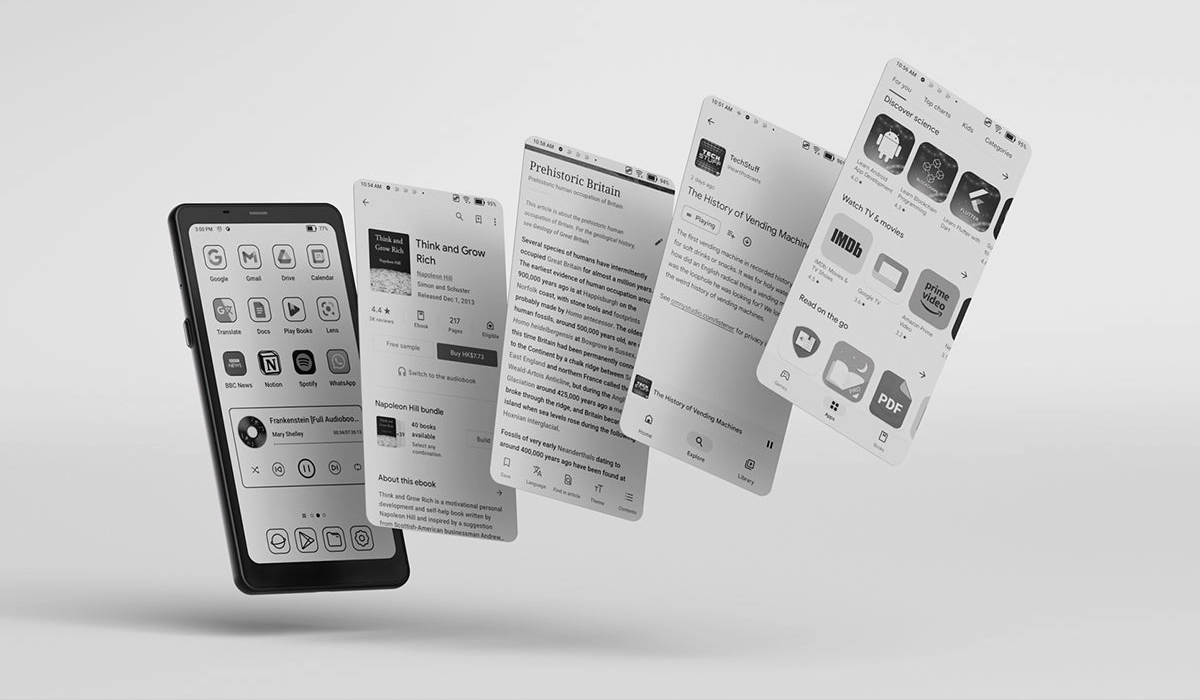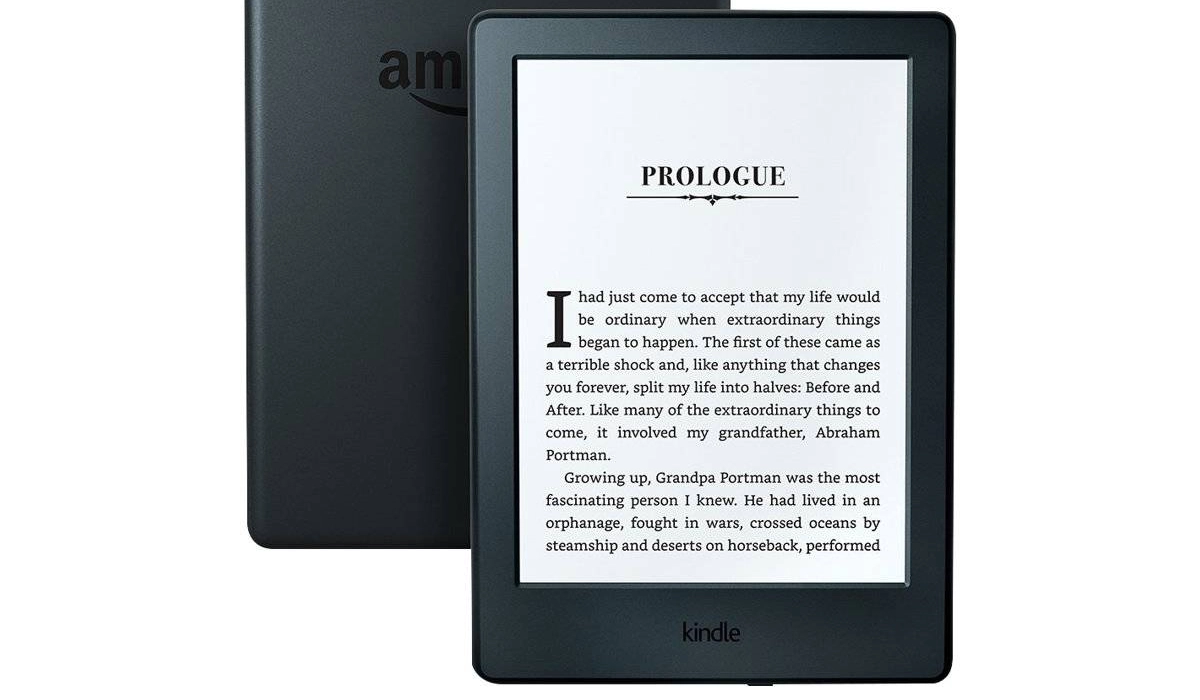E-Ink also referred as “Electronic Ink”, “Paperlike”, “Electronic Paper” or “ePaper” is a type of display technology that looks like paper with high visibility and contrast. This technology is used in devices that prioritize reading of text over watching animated images and video. Examples of these devices include eBook readers, digital notepads, electronic shelf labels, digital signage, smartwatches, and a small number of smartphones.

The technology was developed in the 1990s and the E Ink Corporation was co-founded in 1997 by MIT undergraduates JD Albert and Barrett Comiskey, MIT Media Lab professor Joseph Jacobson, Jerome Rubin and Russ Wilcox, to commercialize it.
Electronic ink displays do not emit light on their own, which is why they do not have the problem of glare and so are much easier on the eyes than other types of displays. This makes them perfect for reading for long periods of times. As such, they are used in devices that are more about reading text than any other kind of activity.
By default, ePaper displays are grayscale, and that is how you will find them in most products, but full color types have been displayed for use in smartphones and tablets. For example, Nxtpaper is a type of color e-ink display that was developed by TCL Corporation for use that way.
Table of Contents
E-Ink displays are primarily used in devices that require a paper-like reading experience and low power consumption. Here are some common examples:
- E-readers: Devices like Amazon Kindles and Kobo e-readers are almost exclusively equipped with electronic paper displays.
- Digital notepads: These devices simulate the experience of writing on paper, using ePaper technology to display handwritten content. Examples include Boox Note Air3 C, Amazon Kindle Scribe, and reMarkable 2.
- Electronic shelf labels (ESL): Many retail stores use ePaper displays to dynamically update product prices and text information.
- Smartwatches: Some smartwatches incorporate electronic paper displays for their low power consumption and readability in various lighting conditions. e-Ink smartwatches include EPSON Smart Canvas, Sony Fes Watch U, Sony Smartband 2, and Radwear Wearable.
- Digital signage: Paperlike displays are also used for outdoor signage, as they are highly readable in sunlight and have low power requirements.
- Smartphones: Yes, some smartphones use an E-Ink displays. A cell phone brand like TCL uses full-color NXT paper-like displays in their products. Examples of smartphones and tablets with ePaper screens include Hisense A9, Bigeme HiBreak Color E Ink, BOOX Palma Mobile ePaper, TCL NxtPaper 14 tablet, TCL 50 NxtPaper 5G, and TCL 50 Pro NxtPaper 5G.

Benefits of e-Ink Displays and Monitors
ePaper displays have a more natural feel to reading, which is why they are great for devices like e-readers and the like.
Another advantage is that of high contrast. And then, there is no glare which makes them easier on the eyes. As such, they are suitable for reading, for hours on end.
Paperlike display have extremely low-power consumption, meaning that the batteries of devices incorporating them last for days of extensive use.
E-Ink screens are more durable than other types of displays. They handle scratches and impact much better than others.
Disadvantages of e-Ink Displays
Electronic Ink displays have slow refresh rates compared to other types of displays. This can lead to ghosting in use.
An extension of the ghosting problem is that over time, an electronic ink display has the tendency to develop permanent marks or scars on the screen.
Electonic Ink technology is also subject to the limitations of lower resolution and limited color range. Thes, along with the limited refresh rates, makes electronic paper screens largely unsuitable for video consumption.
Lastly, because of the more challenging manufacturing process, electronic paper displays are expensive to produce. This limits their usage in smartphones, for example, as cell phone brands are often trying to keep costs down.
e-Ink vs LCD
Compared to LCD panels, Paperlike readers have higher contrast, no glare, and a more natural reading experience. LCD screens, on the other hand, are both more dynamic and more affordable. This makes ePaper screens easier to read but not very good for animations and videos which LCD panels are better suited to.
e-Ink displays use reflective technology and so do not emit light. This makes them more power efficient and more legible in direct sunlight than LCD panels.
e-Ink vs AMOLED
Similar to the comparison with LCD panels, electronic paper readers have higher contrast, no glare, and a more natural reading experience, while AMOLED screens are both more dynamic and more affordable. This makes ePaper screens easier to read but not very good for animations and videos which AMOLED panels are better suited to.
e-Ink displays use reflective technology and so do not emit light. This makes them more power efficient and more legible in direct sunlight than AMOLED panels.